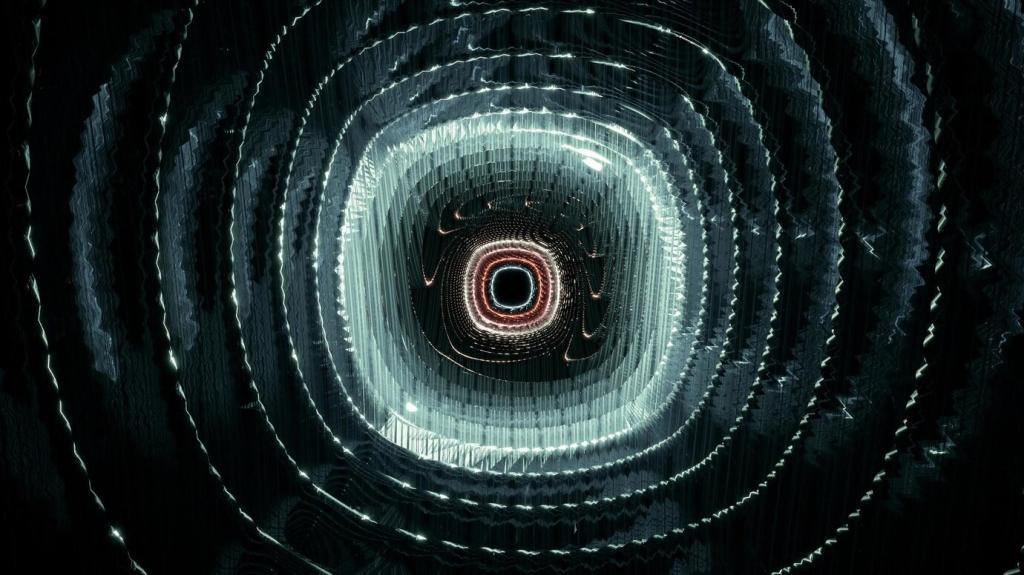
Maximizing Space with Smart Interior Design Techniques
Discover how to transform any living or working area into a spacious, functional environment with intelligent interior design strategies. Whether you reside in a cozy apartment or a compact office, optimizing space can make everyday life more comfortable, efficient, and aesthetically pleasing. Learn about the latest techniques and approaches to create an open, organized, and harmonious atmosphere tailored to your needs.
Intelligent Furniture Selection and Placement
Incorporating furniture that serves several purposes is a foundational aspect of maximizing interior space. Items such as convertible sofas, extendable dining tables, and beds with built-in storage enable homeowners to adapt rooms to their evolving needs. By integrating these versatile pieces, you can enjoy the benefits of comfort and practicality without overcrowding your environment. Thoughtful choices in multi-functional furniture also contribute to an uncluttered visual aesthetic, which is essential for creating a perception of openness. When every item in a room pulls double duty, it becomes easier to maintain a sense of order and free up valuable floor area for movement and additional activities.

Embracing Natural Light
Maximizing natural light is one of the most accessible and effective techniques for enhancing the illusion of space. By choosing window treatments that are light in color and minimal in design, you enable sunlight to flood into the room, making it appear larger and more cheerful. When renovating, opting for larger windows or strategically placed mirrors can further amplify brightness by reflecting daylight throughout the space. Even in rooms with limited window exposure, using light-diffusing blinds or sheers allows for privacy without compromising the airy atmosphere. Building design schemes around available natural light not only enlarges a room visually but also creates a healthier, more uplifting environment.
Selecting Space-Enhancing Colors
The impact of color on perceived space cannot be overstated. Light shades of white, beige, pastels, and cool tones like soft blues and greens are renowned for their ability to visually expand an area. These hues reflect more light, making walls seem to recede and ceilings appear higher, which collectively gives the impression of a more generous layout. However, subtle color contrasts and the use of accent walls can add character while still maintaining a spacious feel. It’s crucial to balance color intensity and avoid overwhelming the room with overly dark or saturated hues, which can cause boundaries to close in and reduce the sense of openness.
Layered Lighting Techniques
A well-designed lighting scheme goes beyond a single central fixture. Layering ambient, task, and accent lighting ensures every corner is adequately illuminated, banishing dark areas that can make a room feel cramped. Recessed ceiling lights, under-cabinet strips, and strategically placed lamps can all work together to create a dynamic, multi-dimensional environment. By exploiting different light sources and varying intensities, designers can draw attention to specific features while maintaining an overall feeling of spaciousness. Proper lighting design not only improves functionality but also elevates the aesthetic appeal and comfort of any interior space.
Previous slide
Next slide

Previous
Next
